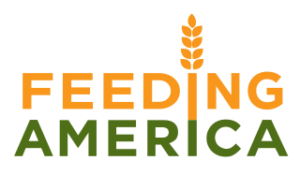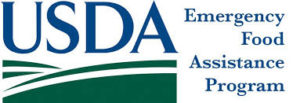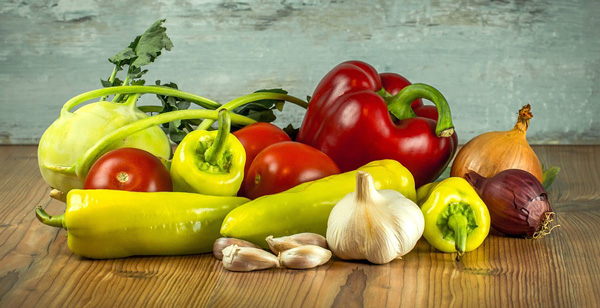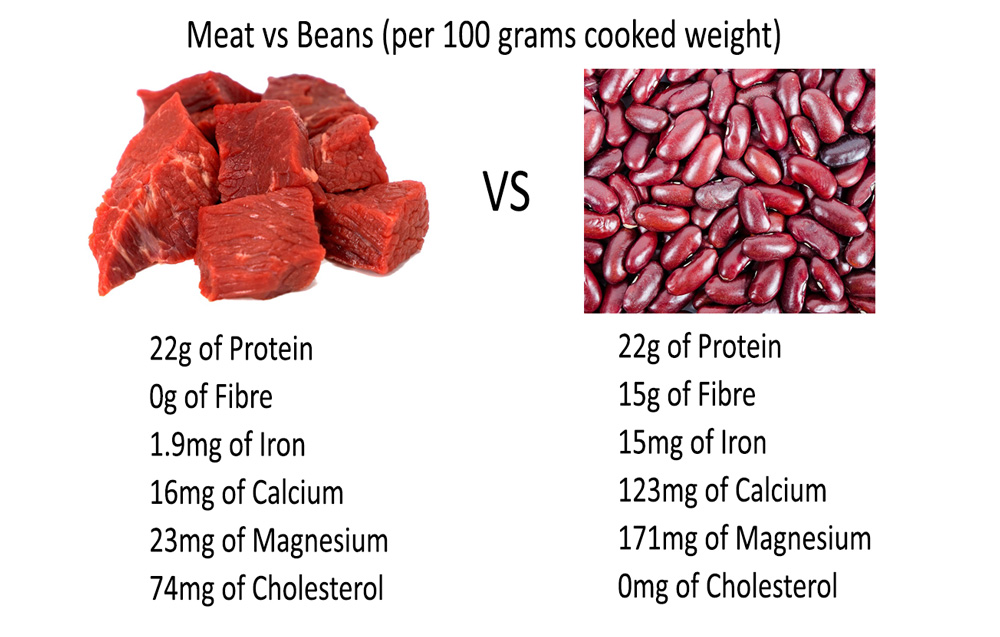Free Food and Meals for the Homeless and Low Income
Homeless - Finding and Preparing Food
Cooking: You can eat healthy on a few dollars a day. The Latin populations know well about that. They have survived on rice and beans forever. Rice and beans can cost as little as $1.00 per serving and is a complete protein. Having a small stove will be indispensable and will pay for itself hundreds of times over. Cooking may be simpler than you think. It can be as simple as buying a can of beans, 2 zucchinis, 1 large carrots, and an onion. Throw it all in one pot, cook for 15 minutes and you have a healthy and good tasting meal for about $2.50. Another easy dish is “Hobo’s stew: 1/3 pound beef, 1 packaged of onion soup mix, 1 large onion, 2 carrots, 1 large potato, salt & pepper to taste. Always keep a bottle of Tabasco sauce on hand, it gives everything a little zip. Be sure to balance your diet out with vegetables and fruit. This will keep you healthy and prevent constipation.
Do not be shy about asking for food handouts. Many restaurants, bakeries, and grocery stores will give you something.
Food Sources:
Shelters and churches: Many hand out bag lunches at noon and a hot meal in the evening.
Food supplemental programs such as food stamps.
Food banks are good if you can get to them and have a place to store and prepare the food.
Bakeries: You can ask for day old bread.
Grocery stores may have food near its expiration date that they need to discard.
Restaurants typically have food that needs to be discarded because it won’t last another day. Arrive near to closing time.
Dumpster diving in back of restaurants and grocery stores.
Farmers markets: You can ask for food (best as the vendors are getting ready to pack up). They typically have some that is getting a bit old, or blemished.

Why Hunger National Meal Search
The WhyHunger Hotline refers people in need across the U.S. to food pantries, soup kitchens, summer meals sites, government nutrition programs and grassroots organizations, especially those that provide access to nutritious foods and nutritional support services.
Call 1(800) 5-HUNGRY, text your zip code to 1-800-548-6479

Feeding America
The Feeding America nationwide network of food banks secures and distributes 4 billion meals each year through food pantries and meal programs throughout the United States and leads the nation to engage in the fight against hunger. Contact your local community food bank to find food or click here to read about public assistance programs.

Special Supplemental Nutrition Program for Women, Infants and Children (WIC)
WIC provides supplemental foods, healthcare referrals, nutrition education, and breastfeeding promotion and support to low-income pregnant, breastfeeding, and postpartum women, and to infants and children up to age five who are found to be at nutritional risk.

The Emergency Food Assistance Program (TEFAP)
The Emergency Food Assistance Program (TEFAP) is a Federal program that helps supplement the diets of low-income Americans, including elderly people, by providing them with emergency food and nutrition assistance at no cost. It provides food and administrative funds to States to supplement the diets of these groups.


